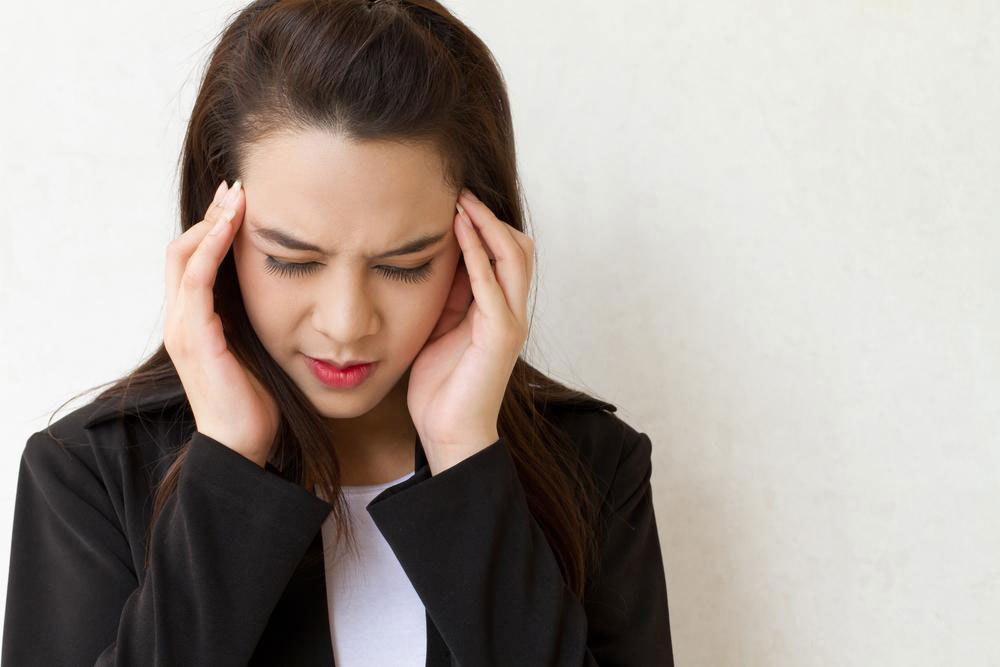
Signs & Symptoms
Signs and Treatments of Preterm Labor
Preterm Labor or premature labor is a condition where your body gets prepared to give birth before time. In case, you see the pain before three weeks before your due date; it is called Preterm Labor or premature labor. Preterm Labor or premature labor results in an early birth. There are different signs of preterm labor, and if you see any similar signs, you must consult your doctor immediately. Nowadays, doctors can delay early deliveries so that the child can avoid life-threatening health problems in near future. If you are wondering what the symptoms are of preterm labor; then this article is sure to help you to get an idea on the same. Symptoms of Preterm Labor You can identify the signs of preterm labor from different symptoms, and it depends from person to person. Usually, preterm labor begins 37 weeks prior to pregnancy; so if you feel any changing trends you should visit a doctor. You may also notice some additional signs like coughing and rashes on the skin. Some people also report a dizzy feeling or a sore throat too. If you notice similar signs, we recommend you to take the necessary actions. Some common signs of preterm labor include, You can feel a pressure in your lower belly or pelvis. It feels like the baby is pushing down and it causes pain You also notice increased vaginal discharge (watery, mucus or blood) than usual Many people report a dull backache during preterm labor. You are likely to feel low throughout this period You can notice contractions in your belly, but it won’t give you much pain Your water breaks during this period People also report belly cramps with or without diarrhea Vaginal bleeding is also another sign of preterm labor Vomiting or nausea can result in some cases.












